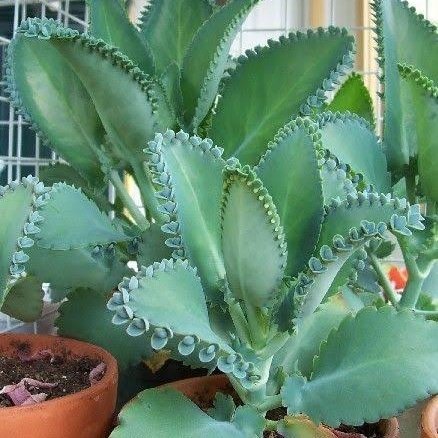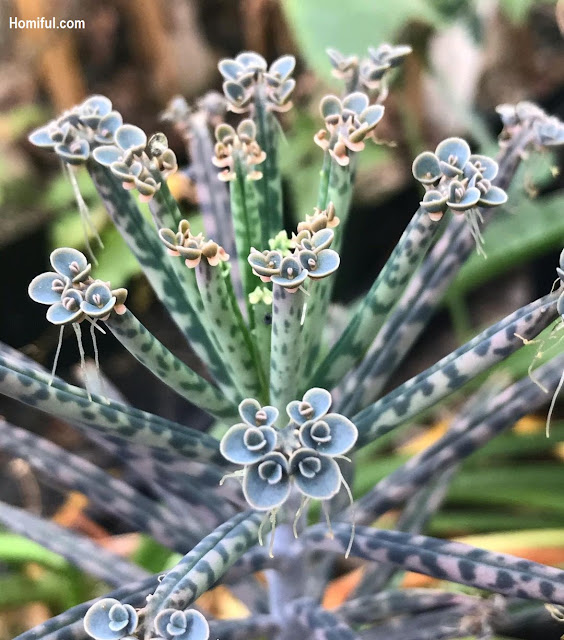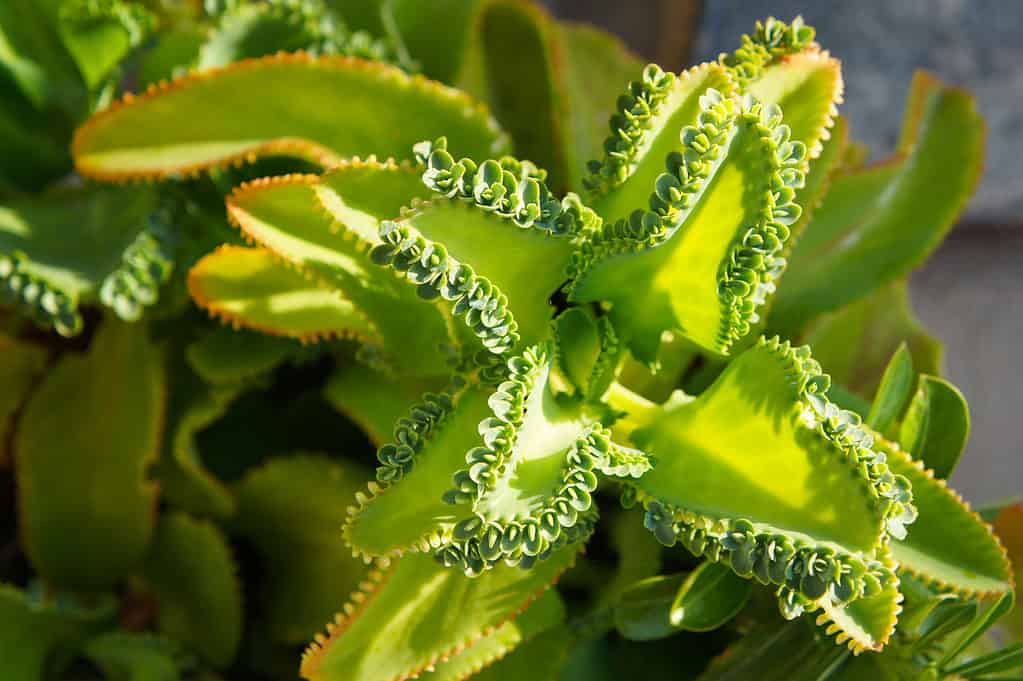If you get bored with the houseplant at home, you can try to grow this one. Kalanchoe or Mother of Thousands is a unique plant that is easy to grow. Here we will elaborate on how to Grow and Care for Mother of Thousands (Kalanchoe daigremontiana). Let’s check it out!
Growing Kalanchoe daigremontiana

Instagram/_cactus_dream_
This houseplant is not cold-hardy and can live outside in zones 9-11. They can grow indoors and outdoors depending on their preferences. For indoors, place them in an area that receives plenty of bright, indirect light. And for the outdoors, they tolerate full sun. In hot weather, they’ll do better with partial shade in the afternoon. Preferably, plant Mother of Thousands in a solitary manner, because they are self-propagating tendencies.
Care for the Mother of Thousands
.jpg)

Instagram/flowers.cactus
For caring Kalanchoes, you can give at least 6 hours of bright, indirect light every day. It’s perfect with direct morning and evening sunlight. It has drought tolerance, you can water them when the top of the soil is dry. Avoid water when the top of the soil (around 2″) is still wet.

Although it can thrive in some cold, Mother of Thousands can grow well in 65 and 95 F degrees. Kalanchoe maybe no need frequent feed, but you can give it to boost their growth. Just feed once per season in spring and summer. Get a well-draining soil mixture for the best plant.
Propagation

Instagram/flowers.cactus
Including tendencies of self-propagating, maybe you didn’t need to worry. But, if you wanna help them get the propagation, it’s okay. You can take the stem cuttings. Then, like other propagation, you can put the cutting in a pot with well-draining soil.
The issues

Instagram/marlenetheplantlady
When you begin to grow and care for the Kalanchoe or Mother of Thousands, maybe you will get some issues. There are plants not growing in some conditions, shriveling leaves, growing tall or leggy, and most issues leaves turning brown.
Toxicity

Instagram/plantbeeldig
Is Mother of Thousands toxic? The answer is yes. Kalanchoes or all parts of Bryophyllum daigremontianum are toxic for pets and people if ingested. So, you can place them in an area that can’t reach pets and children.













